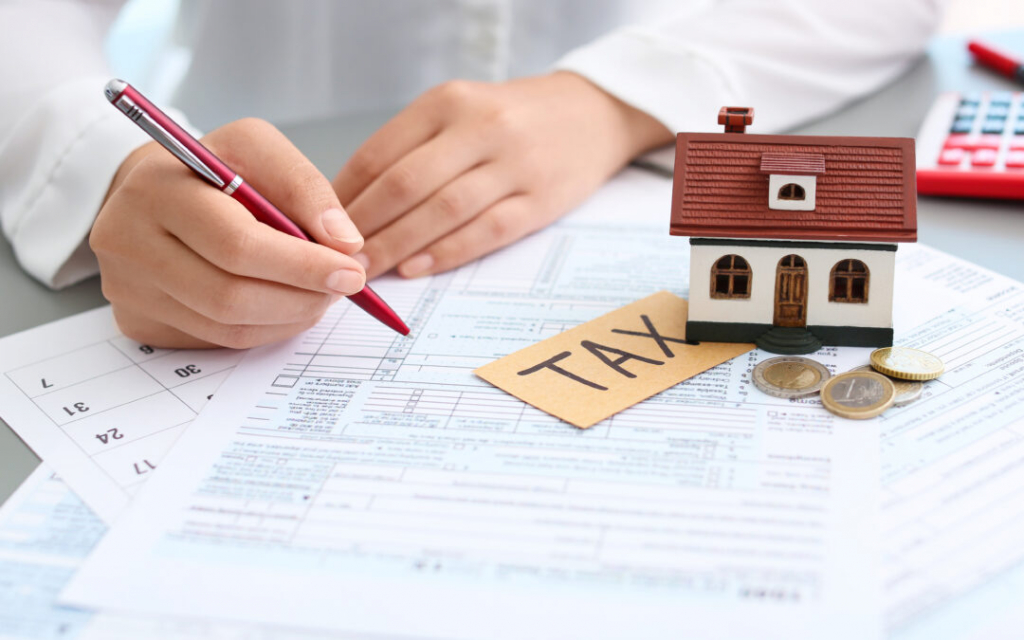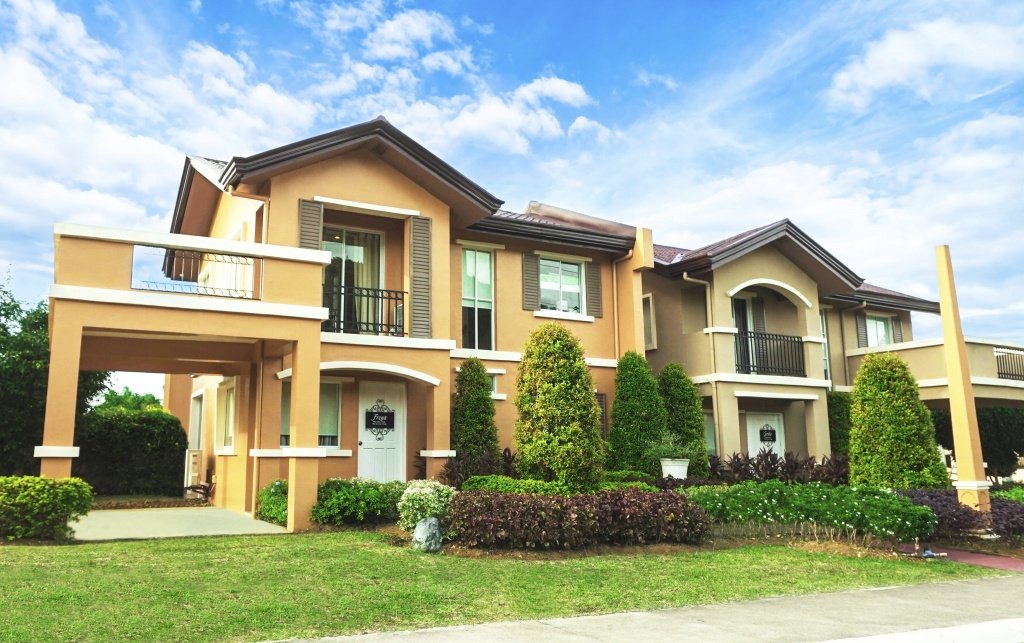Being a property owner is one of the biggest milestones in a person’s life. However, it’s no secret that it comes with responsibilities. Aside from paying off a bank loan, mortgage, and association fees to your real estate developer, among others, you will also need to pay real estate tax in the Philippines.
There are a lot of moving parts in figuring out how much you need to pay, but there’s no need to feel overwhelmed. Read on to learn more about what real estate tax is and how you can compute your dues.
What is Real Estate Tax?

Real estate tax, also called real property tax (RPT), is an annual tax that all property owners need to pay. Under sections 197 to 283 of the Local Government Code, LGUs and municipal governments in the country are authorized to impose a real property tax. In addition, they’re also given the power to appraise all real estate properties within their jurisdiction. These appraisals and taxations are ruled by fair market value and ceilings and limits on tax rates, respectively. Real estate tax is primarily used by LGUs to help raise funds to provide basic public services to their constituents.
Non-payment of your real estate taxes could be a solid ground for the government to auction off your property, so it’s crucial to know how much and when to pay.
Computing Real Estate Tax
Step 1: Identify the RPT Rate

It’s important to note that the rates of real estate taxes are different for properties in Metro Manila and outside of it. According to the Local Government Code of 1991, these are the prescribed rates of RPT based on assessed values of properties:
- 1% for provinces
- 2% for cities and municipalities within Metro Manila
Step 2: Calculate the Property’s Assessed Value
Assessed value can also be thought of as the property’s taxable value. To get a figure, you’ll have to multiply the property’s market value by assessment level, which differs per property type, usage, and location.
Based on Section 218 of the Local Government Code, these are the typical assessment levels:
- Residential: 20%
- Agricultural: 40%
- Commercial, Industrial, and Mineral: 50%
- Timberland: 20%
- Special classes: cultural, scientific: 15%
- Hospital, and water districts: 10%
For example, a house and lot in Taguig City, Metro Manila is presumed to have a market price of Php 6,000,000.00. The property consists of a parcel of land valued at Php 4,000,000.00 and the house and other structures built on it, including costs of improvements, are valued at Php 2,000,000.00.
To identify the property’s assessed value, multiply the property’s market value by assessment level, and then add the assessed value of the residential land and the assessed value of the structures:
A: Assessed Value of Land: Residential Land (Php 4,000,000.00) x Assessment Level (20%) = Php 800,000.00
B: Assessed Value of the Structures/Buildings: Residential House (Php 2,000,000.00) x Assessment Level (20%) = Php 400,000.00
C: Total Assessed Value of the Property: Assessed Value of Land (Php 800,000.00) + Assessed Value of the Structures/Buildings (Php 400,000.00) = Php 1,200,000.00
Step 3: Compute Real Estate Tax

Having completed the first two steps, it would then be simple to use this formula to compute the real estate tax:
Real Estate Tax = Real Estate Rate x Assessed Value of the Property
Taking the same example above:
Real Property Tax: Total Assessed Value (Php 1,200,000.00) x Metro Manila Real Estate Tax Rate (2%) = Php 24,000.00
This means that the owner of the house and lot in Taguig in our example would need to pay a base of Php 24,000.00 in real estate tax.
Step 4: Add Taxes for the Special Education Fund
On top of the base RPT, property owners will also have to pay an additional 1% levied on the assessed value of the real estate property. As the name suggests, the collected funds will be used for the budget of local schools.
Additional Tax for Special Education Fund: Total Asset Value (Php 1,200,000.00) x Special Education Fund Levy Rate (1%) = Php 12,000.00
Step 5: Add the Basic RPT and Additional Special Education Fund Tax
This step is straightforward and should yield the final amount you’ll have to pay.
Using our example above:
RPT (Php 24,000,000.00) + Special Education Fund levy (Php 12,000.00) = Php 36,000.00
When Do You Pay Real Estate Tax?

Property owners have the option to pay RPT either in full or on an installment basis. For those who want to pay in full, pay on or before January 31st of each year. Paying in full may also prove beneficial. Apart from ensuring that your real estate tax is paid on time, paying early will afford you an LGU-granted discount not exceeding 20% of the annual tax due (discount rates differ per city or municipality).
Those who want to pay in tranches must settle their dues in full on or before the last day of each quarter:
First Quarter: On or before March 31
Second Quarter: On or before June 30
Third Quarter: On or before September 30
Fourth Quarter: On or before December 31
Late RPT payment will subject property owners to late payment interest rates of 2% up to 72% on the unpaid amount relative to the months of delay.
Documents You Need to Bring

Real estate tax is usually paid at the city or municipal treasurer’s office. Bring a copy of the latest tax declaration and official receipts. First-time payees will have to get a copy of the past year’s tax declaration and official receipts from your real estate developer. These are usually given to the property owner upon turnover. For those who have existing bank loans, you can also check with your bank. Bring at least two extra copies of these documents.
Of course, you’ll also need to bring valid IDs and cash for payment.

Check out our Houses for sale in the Philippines
Discover our house and lot for sale in the Philippines


